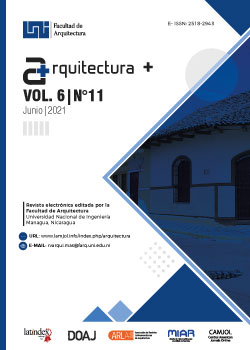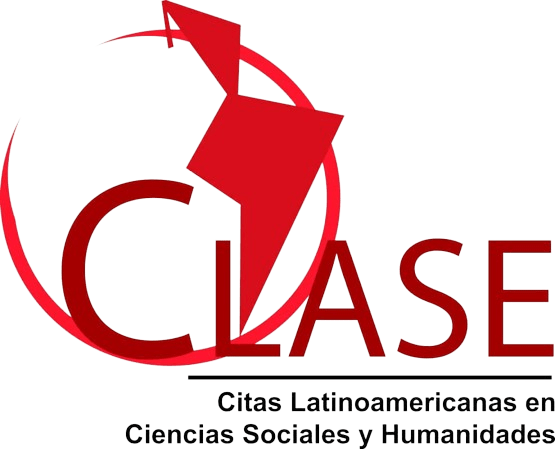Constructive systems in the domestic typology of the viceregal period in the cities of León and Granada, Nicaragua: architecture with popular-technological value
DOI:
https://doi.org/10.5377/arquitectura.v6i11.11145Keywords:
Traditional construction systems, cultural heritage, domestic architecture, viceregal period, cultural valuesAbstract
The adobe, taquezal and albardeado, recognized traditional construction systems, were introduced in the viceregal era in the New World, representing a technological hybridism between the native populations and the Spanish, through the materialization of models of indispensable architectural typologies such as housing. These nascent domestic cells together with urban regulations of the Old World, adapted to the determinants of the natural environment, were defining throughout centuries the cultural landscape of the majority of human settlements in the region of the Pacific and center of Nicaragua, with a greater number of exponents in Leon in its second place of foundation and Granada; primitive cities of the Spanish conquest in the XVI century. Likewise, the techniques and skills acquired in the tequio of construction and its derived trades, allowed the selection and exploitation of vernacular raw material manifested in the constructive quality of the so-called domestic colonial architecture and its spatial, functional and stylistic evolution. Its survival to natural and war eventualities and contemporary social demands is due to social acceptance, low costs and the learning and relearning of the models. Currently, many are still in use and are part of the collective identity by occupying a place in Nicaraguan history, acquiring technological-popular values by constructive knowledge that have been the subject of mention and study by various authors since the colonial, independence and contemporary times, agreeing on the need to preserve their attributes to be inherited to future generations. However, in order to do so, it is essential to raise awareness of the heritage and professional training on the proper care of these unique dwellings, which are part of the vast cultural heritage of the nation.




















